What is the Societe Jersiaise Photographic Archive?
The Societe Jersiaise Photographic Archive contains over 100,000 items dating from the mid-1840s to the present day and is the principal Jersey collection of nineteenth and early twentieth century photograph. Archives can be a rich source for finding starting points on your creative journey. This will strengthen your research and lead towards discoveries about the past that will inform the way you interpret the present and anticipate the future.
“Our mission is to produce and facilitate research on the Island’s history, culture, language and environment; and to share that knowledge with the widest possible audience for the benefit of our island community.” – The Societe Jersiaise
They achieve their aims through their active Sections, research collections, community outreach and collaboration with local and international heritage partners.

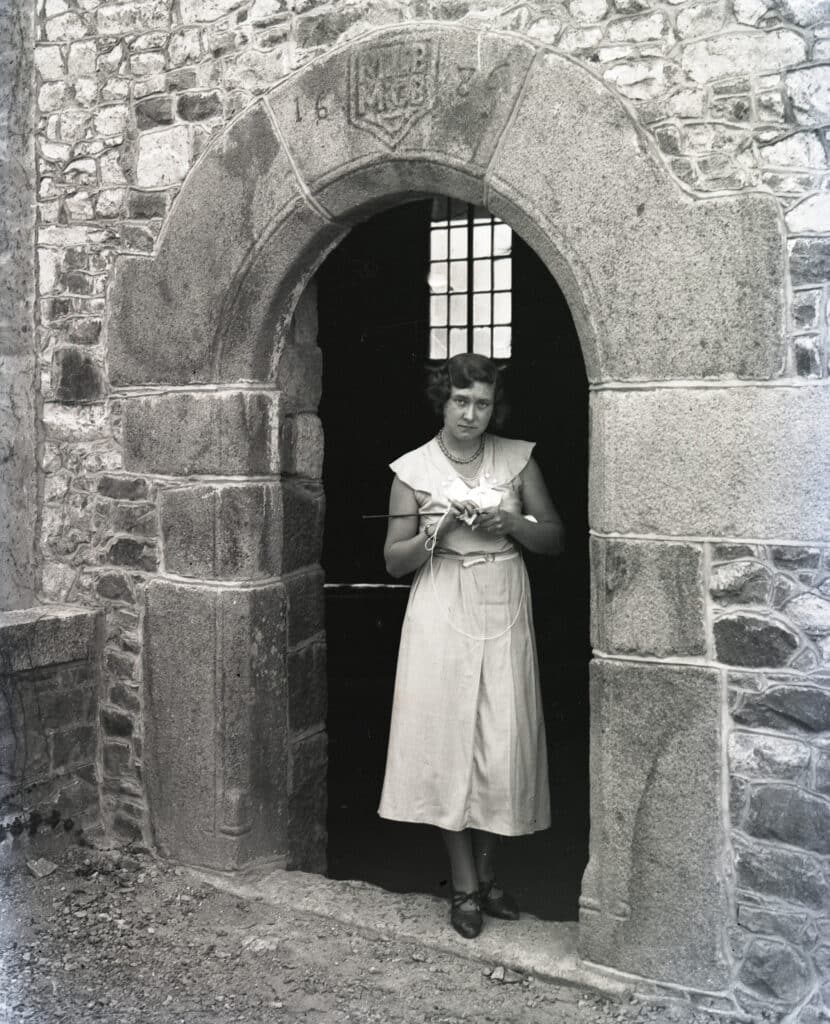


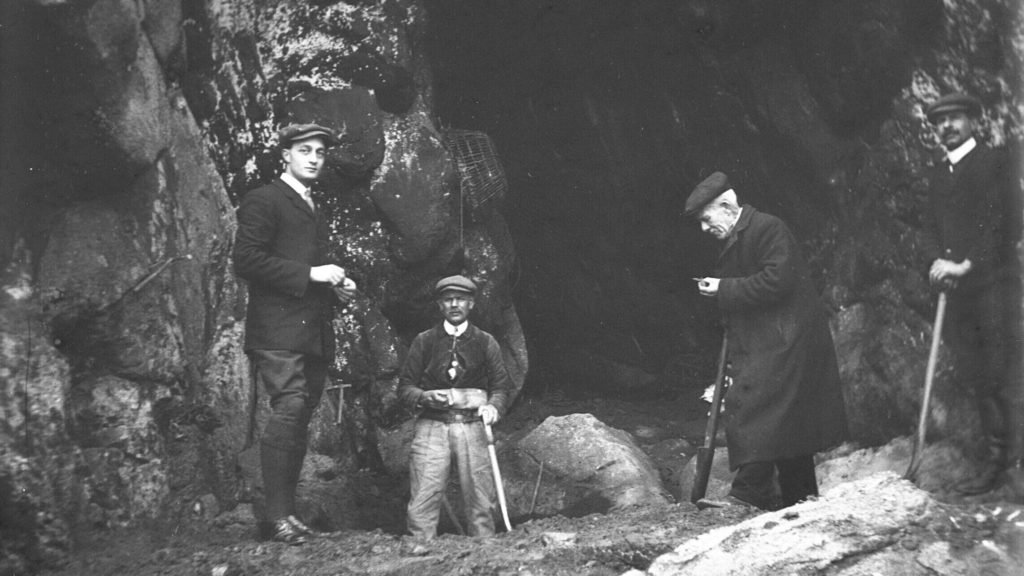
The Société’s Sections specialise in various fields of study, from archaeology to zoology. These volunteer sections produce the raw data and research which make long-term studies possible, and at the Société they’ve been doing it since 1873. The Société holds extensive bibliographic, cartographic, photographic and research collections which act as our long-term memory. These collections provide a vital resource informing contemporary study and value for the community through a greater understanding of our shared heritage, identity and environment
History behind the Societe Jersiaise
The Société Jersiaise was founded in January 1873 by a small number of prominent Islanders who were interested in the study of the history, the language and the antiquities of Jersey. Membership grew quickly and the aims of the new society soon widened to include the publication of historical documents, the founding of a Museum, and the study of the Island’s natural history.
They have, over the years, purchased archaeological sites in Jersey for preservation and presentation. Their two most important sites are La Hougue Bie, purchased in 1919, and La Cotte de Saint-Brélade, purchased in 1955. They have carried out extensive excavations at both sites.
In 1913 the Société’s activities as a learned society were organised into ‘Sections’ for the study of different aspects of the island. These Sections, now 14 in number continue to be the backbone of our activities.
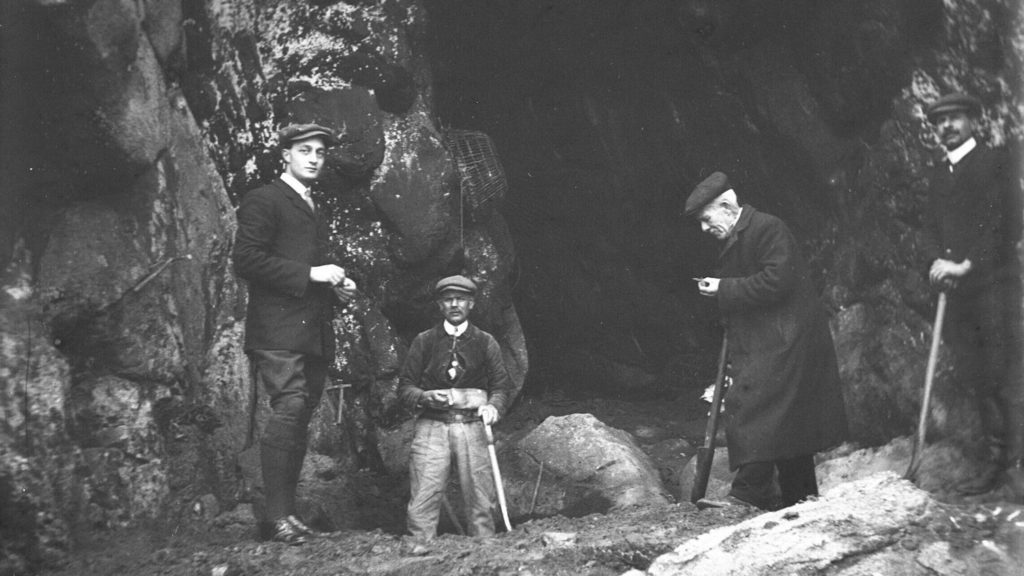
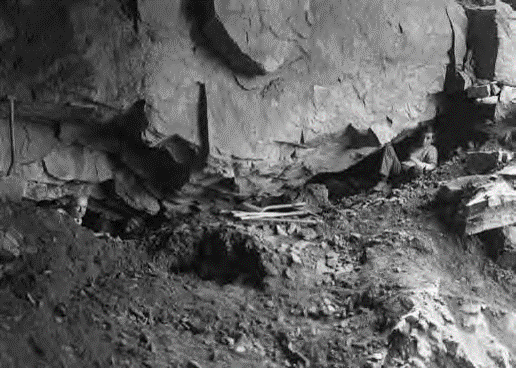

—- Emile F Guiton —-
Emile F Guiton was born in Jersey in 1879 and he had a keen interest in history. He was a member of La Société Jersiaise and served on its executive committee as joint honorary secretary, and was curator of the Museum and editor of the Annual Bulletin.
He also realised that history was being made during his own lifetime and he recorded the development of his native island from the turn of the century until his death in 1972. He was a keen amateur photographer and practised throughout his long life. He experimented with colour at the beginning of the twentieth century in “Autochromes”.

His subjects include the recording of archaeological excavations and he was one of the few people in Jersey permitted to take photographs during the German Occupation of 1940 – 1945. Emile Guiton also recognised very early on the importance of collecting photographs, both as a valuable social historic resource and as interesting artefacts – examples of developments in science and technology. He donated many images to the Société Jersiaise.


Image analysis

I particularly like this photograph taken by Guiton as it showcases a very high exposure which lights up the entire image, making it appear very heavenly. The main focal point of the image is clearly the bright opening in the centre which allows for a teeming amount of white light to seep through. The rocks presented within a greyscale photograph and provide many different textures captured within the area.
—- My rock gallery —-
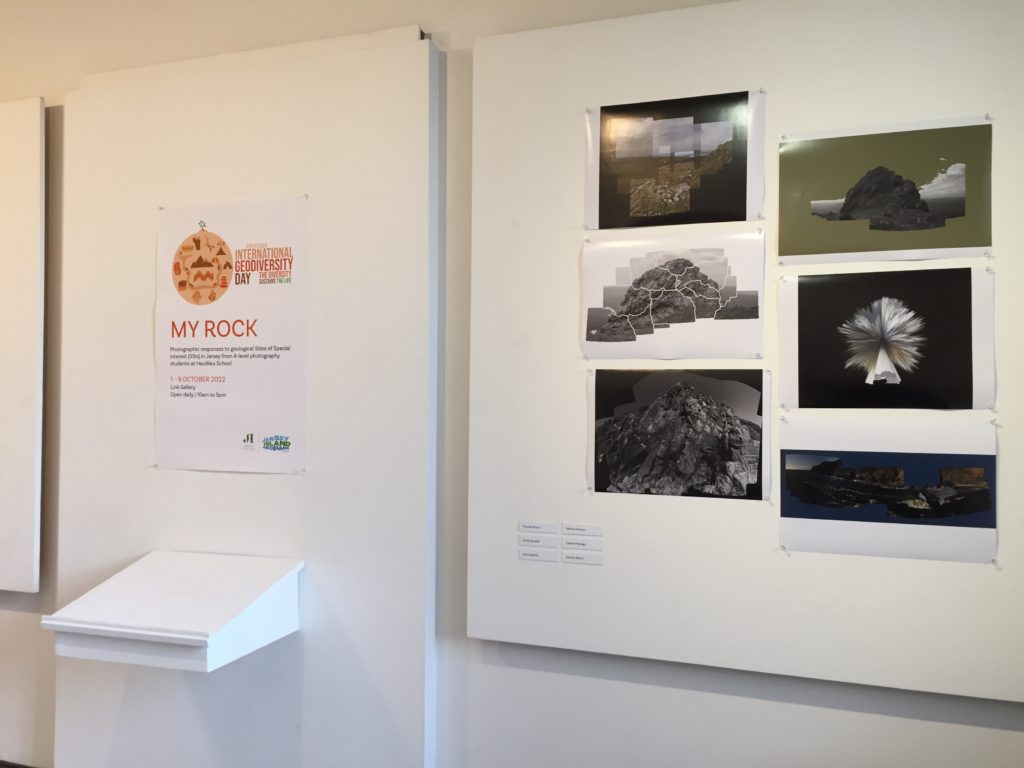
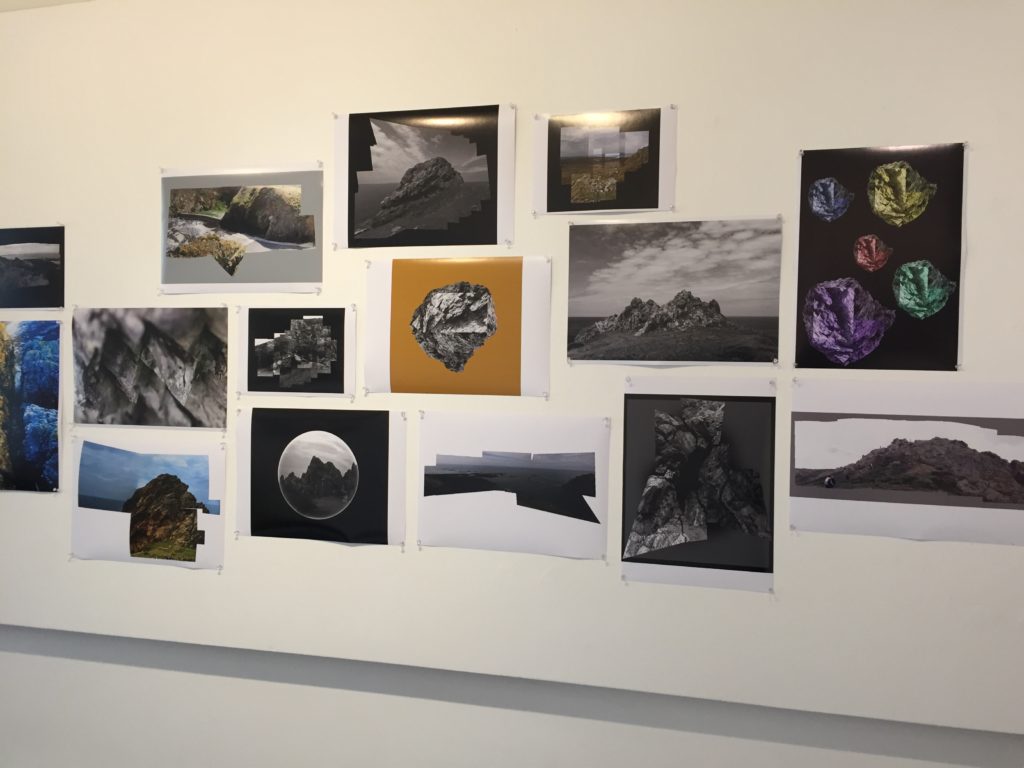
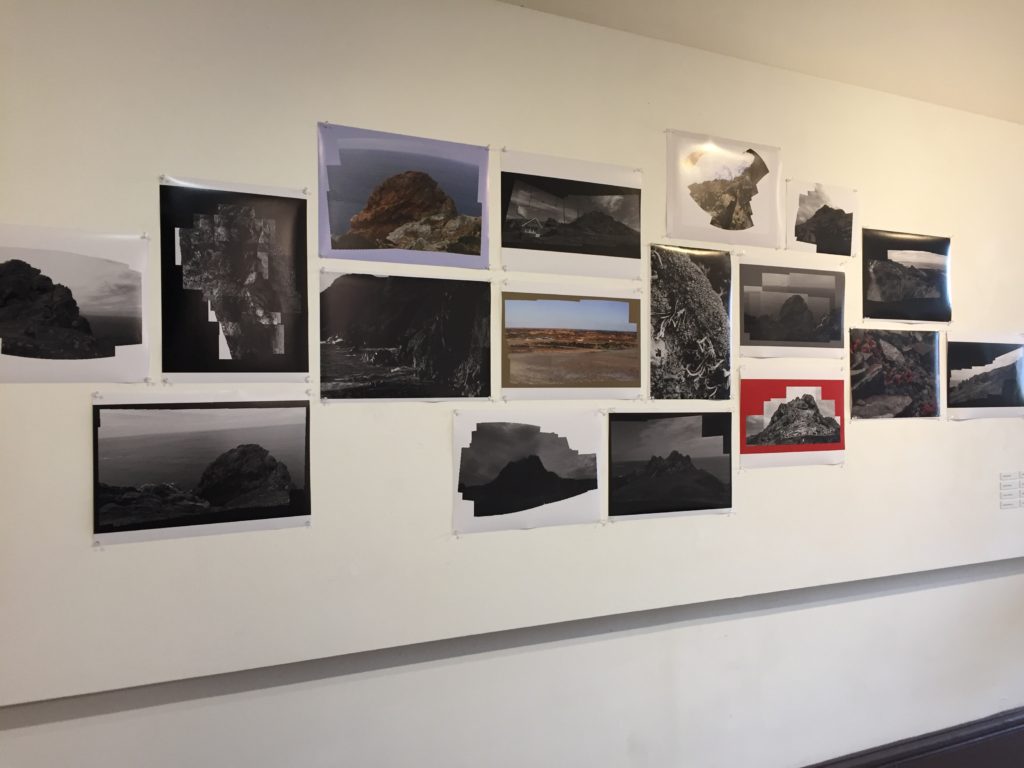
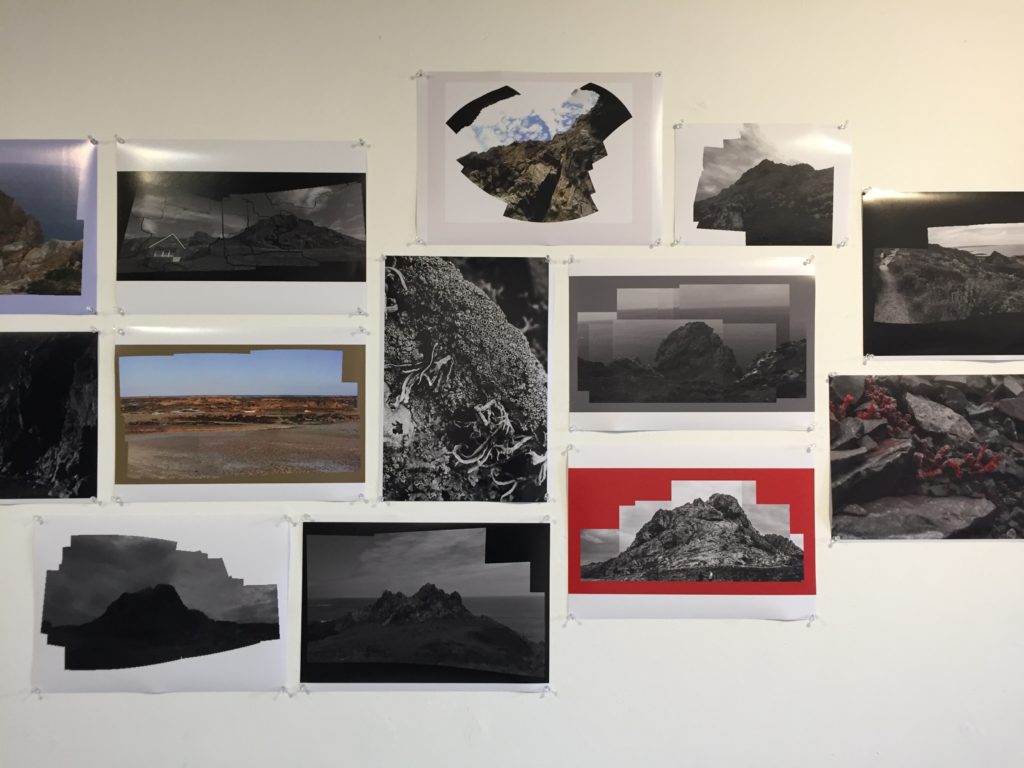
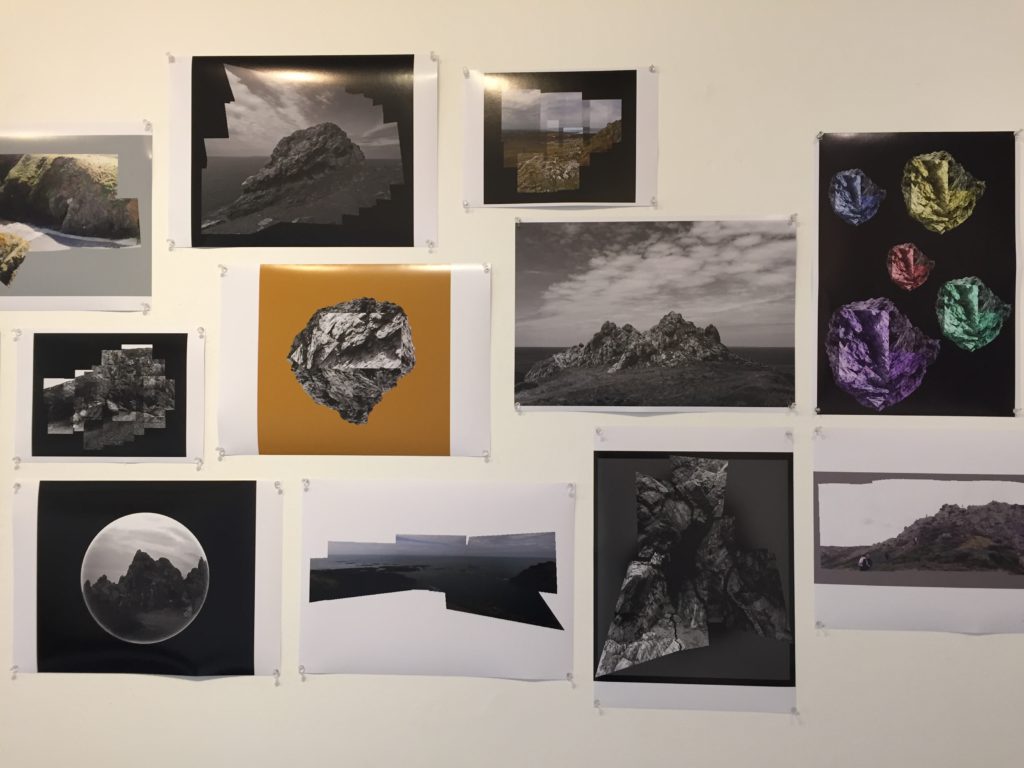
The Societe Jersiaise Photographic Archive allowed us to compose our own gallery at the institution surrounding the aspect of ‘islandness’ and what it means to be among Jersey’s geological background. This gallery contains many Year 13’s joiners alongside normal photographs of the islands rock formations, and also many other experiments to present the importance of the island’s structures.

— My images within the gallery —
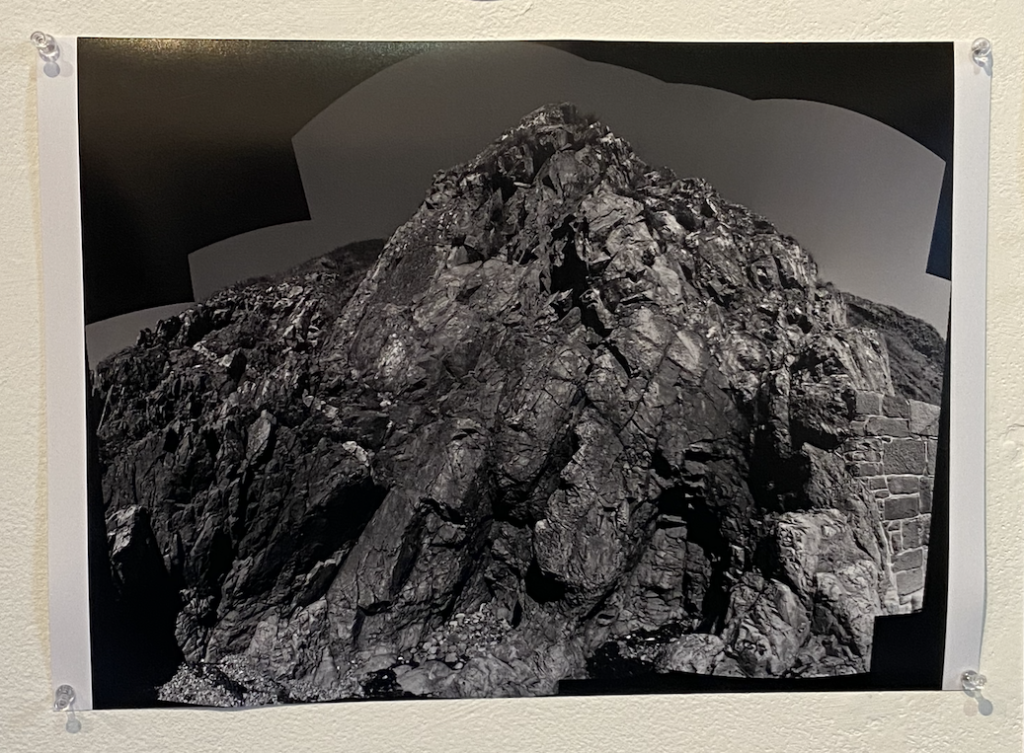
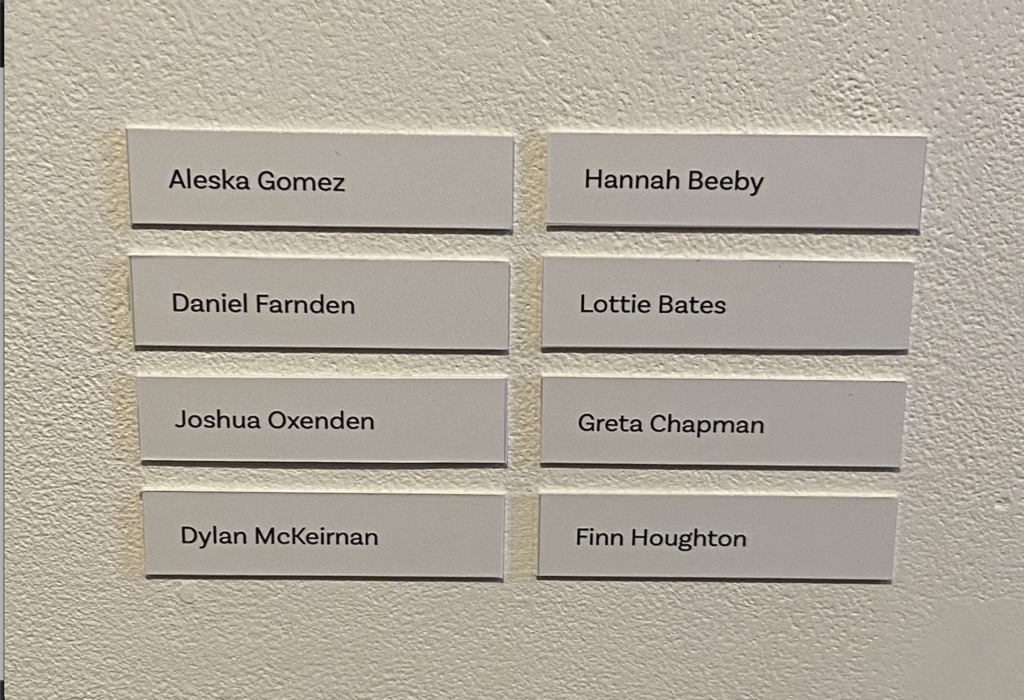
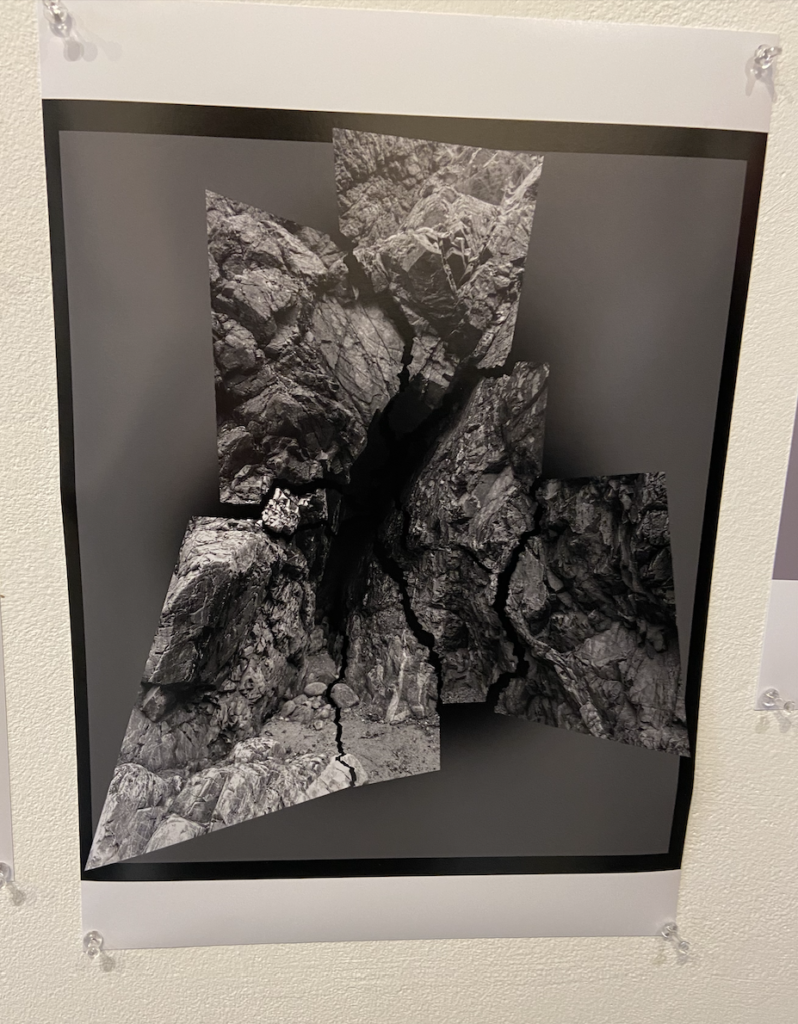
Here I have two images up on display in the gallery which I particularly liked out of the entire selection I had produced. Everyone got a chance to submit their favourite photographs from the project and these two I believed were two of my strongest joiners that I had taken.
